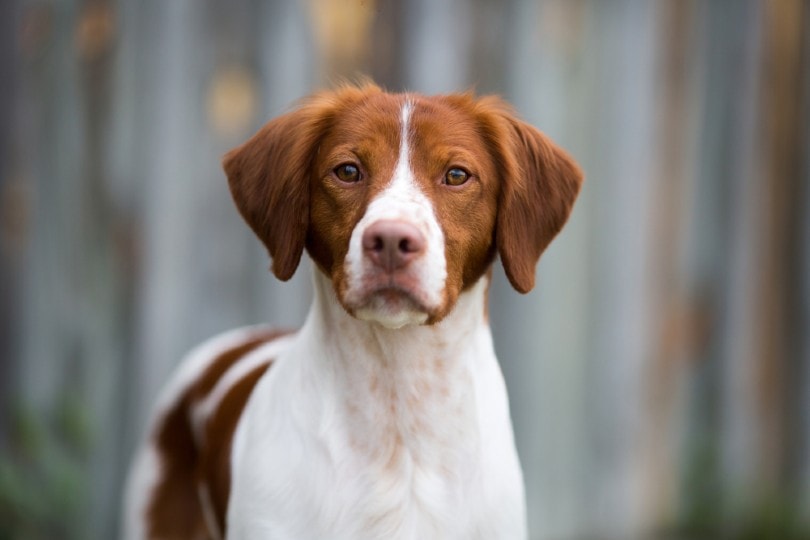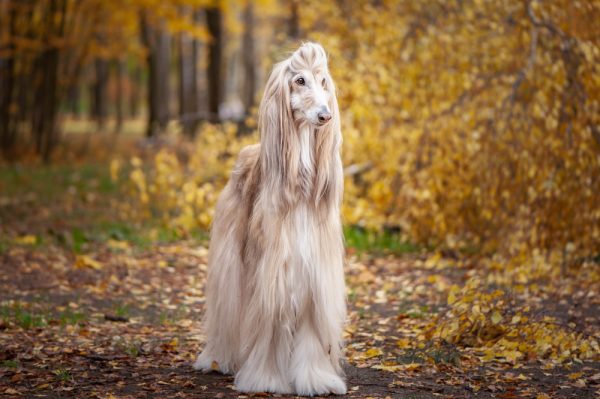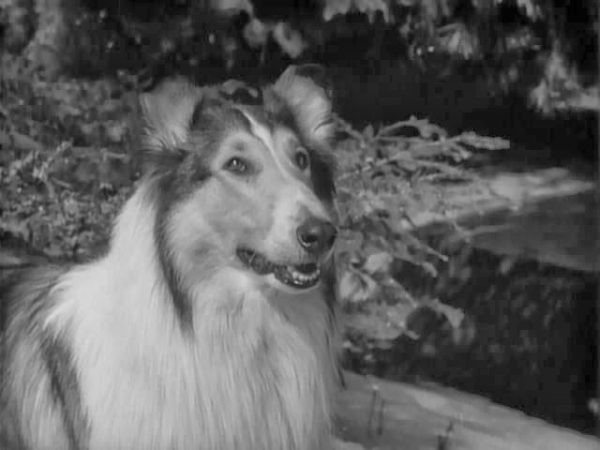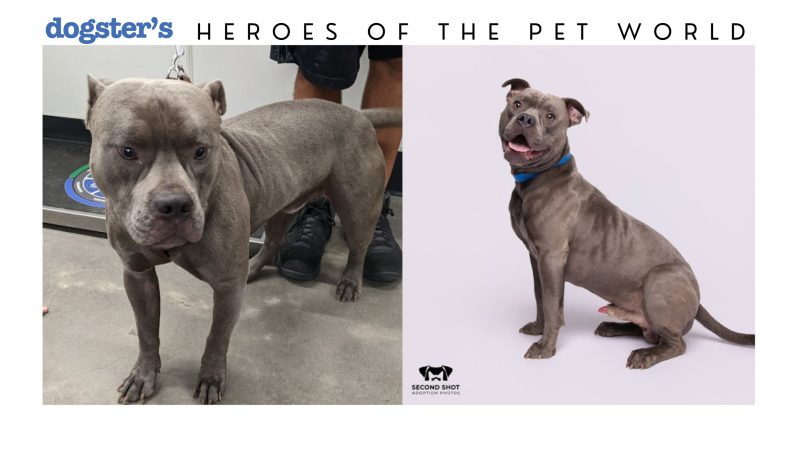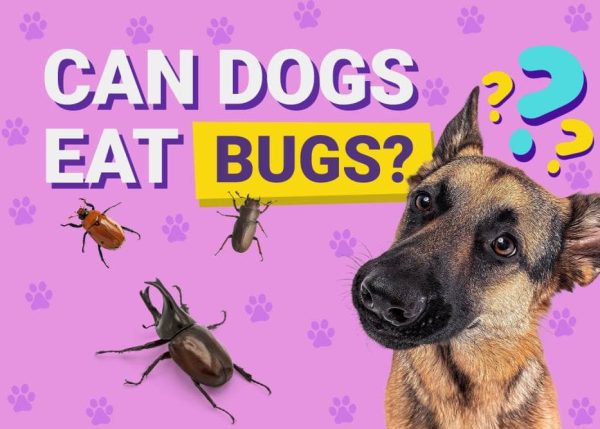It is a well-known fact that dogs have excellent senses of smell and good hearing. But how good is a dog’s vision? Do dogs have good eyesight? The answer to that question depends on what features of vision we are considering. Objectively, dogs have poor visual acuity and color vision, especially compared to humans, but their ability to detect motion and their dim-light vision is excellent. Basically, the truth is more complicated. Dogs might seem to have lackluster eyesight compared to humanity’s best, but that doesn’t mean that their eyesight is ineffective or bad.
Here are intriguing facts and figures about canine vision that will help you understand how dogs see the world and why they are built the way they are.

The 4 Facts About Dog Eyesight
1. Nearsighted

Dogs are fairly nearsighted, which makes far-away objects look blurry. The typical dog has a visual acuity score of 20/75.1 This means that a dog must be standing 20 feet from an object to make out the same detail that a human with good vision can make out at a 75-foot distance. Essentially, dogs are good at seeing things up close but struggle to make out details of distant objects. That doesn’t necessarily mean that dogs have poor eyesight. They just have different eyesight skills. Dogs’ eyes are much better in other ways compared to humans.
2. Improved Night Vision
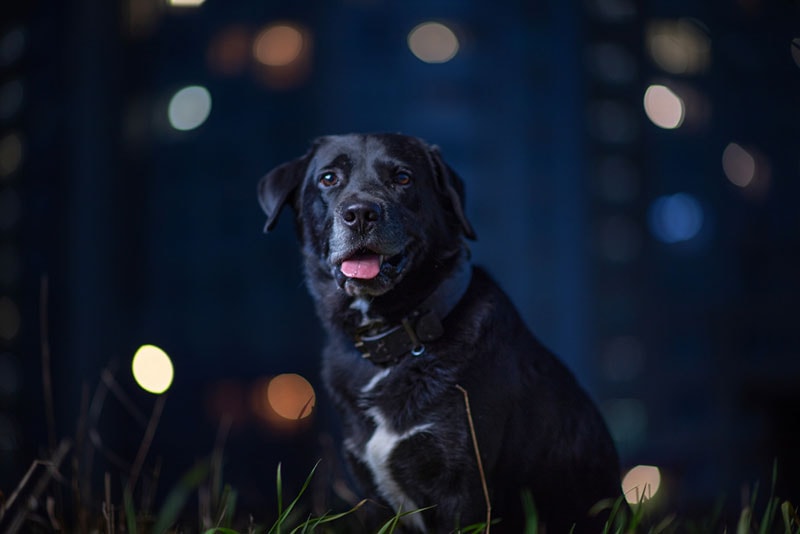
Dogs are crepuscular by nature. That means they are more active at twilight when the light is getting low but it has not yet reached full darkness. This behavior causes coyotes to come out around sunset, and it’s why wolves are found howling at the moon.
Canines have specific eye adaptations that enable them to have improved vision in poor lighting conditions. They have a tapetum lucidum at the back of each of their eyes, which is a reflective layer behind the retina that acts as a mirror, so they get the most from any light that enters the eye. This is why dogs’ eyes shine in the dark. Also, the central retina has predominantly more photoreceptors of the type that enable vision in dim light, which are called rods. In contrast, humans’ central retinas have more cones to help us see fine details and a richer range of colors.
3. Superior Movement Detection
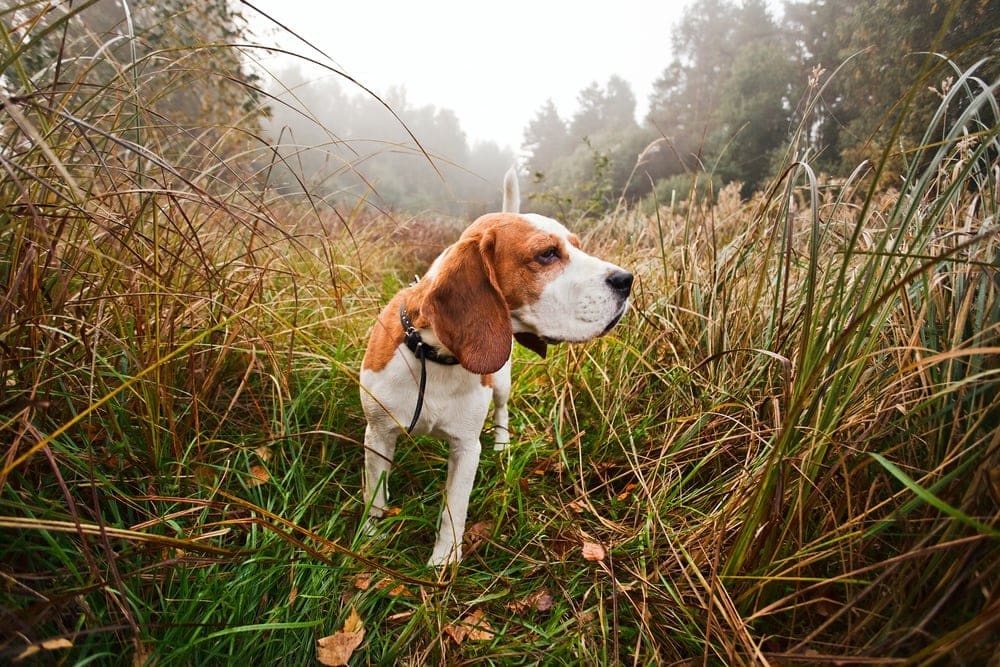
Another task that rod photoreceptors help dogs with is their ability to detect motion. Dogs have very good motion detection. Even if they cannot make out the details of something moving far away, they can tell it’s moving. Humans, by comparison, have rather poor motion detection. Dogs can detect minute movements from a distance and hone in on the exact location of the source. This helps them zero in on things they smell and hear without needing to see exactly what is moving.
4. Limited Color Vision

For a long time, many people believed that dogs could only see in black and white. Now, we know that this is not true. Dogs have two types of cone photoreceptors that enable dichromatic color vision, so they see fewer colors than humans. The colors that they see are also more muted than what people see, but they absolutely can see color.
It is difficult to know precisely what canines see, but we can make a good guess using specific vision tests and detailed examinations of the eye structures. Dogs are thought to be able to see blues and yellows and distinguish reds from blues. This type of vision could be considered similar to that of a human with red-green color blindness.

Do Dogs Have Bad Eyesight?
If a person were diagnosed with a dog’s vision, they would likely be flagged as someone with a severe medical problem. After all, nearsightedness and being unable to see a large range of colors might sound like bad vision. However, the truth is that canines have just the type of vision that they need to be dogs.
They do not need to have the same visual clarity as humans because they have extremely good senses of hearing and smell. Humans need good eyesight because their other senses are relatively poor. A dog’s eyesight complements their hearing and smell but does not need to be the best sense they possess.
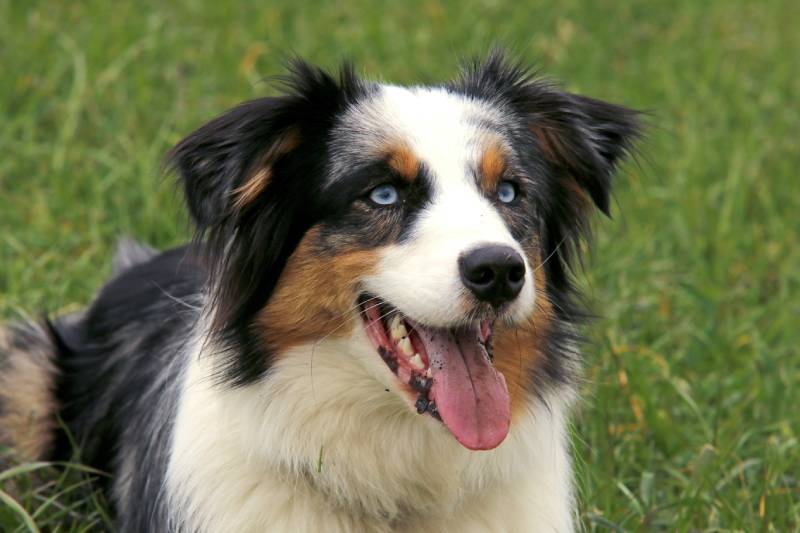
Canine Vision Compared
How good is a dog’s eyesight compared to that of other animals? The answer is that it’s not the best. If we are simply comparing vision and visual acuity, dogs actually have very poor eyesight. The only other animal that has worse visual acuity than dogs are cats. Their visual acuity is estimated to be approximately 20/150. However, they make up for that by having excellent night vision. To make a vision comparison to another animal, a horse can see in a nearly 360-degree radius compared to the 240-degree field of view of the average dog.
Animals with sharp visual acuity include hunting birds like eagles, hawks, and falcons. Predatory fish, like sharks, also have a surprising amount of visual acuity.
| Animal | Ideal Visual Acuity | Dim Light Vision? |
| Humans | 20/20 | No |
| Dogs | 20/75 | Yes |
| Cats | 20/150 | Yes |
| Eagles | 20/5 | No |
| Horses | 20/60 | Yes |

Conclusion
Depending on the specific features we examine, canines may seem to have poorer or better eyesight than other animals. Dogs have exceptional movement detection and great twilight vision, which helps compensate for their low visual acuity and poor color vision. A dog’s eyesight complements their sense of smell and hearing rather than serving as the primary way that they interact with the world.
See Also:
Featured Image Credit: Kerrie T, Shutterstock

